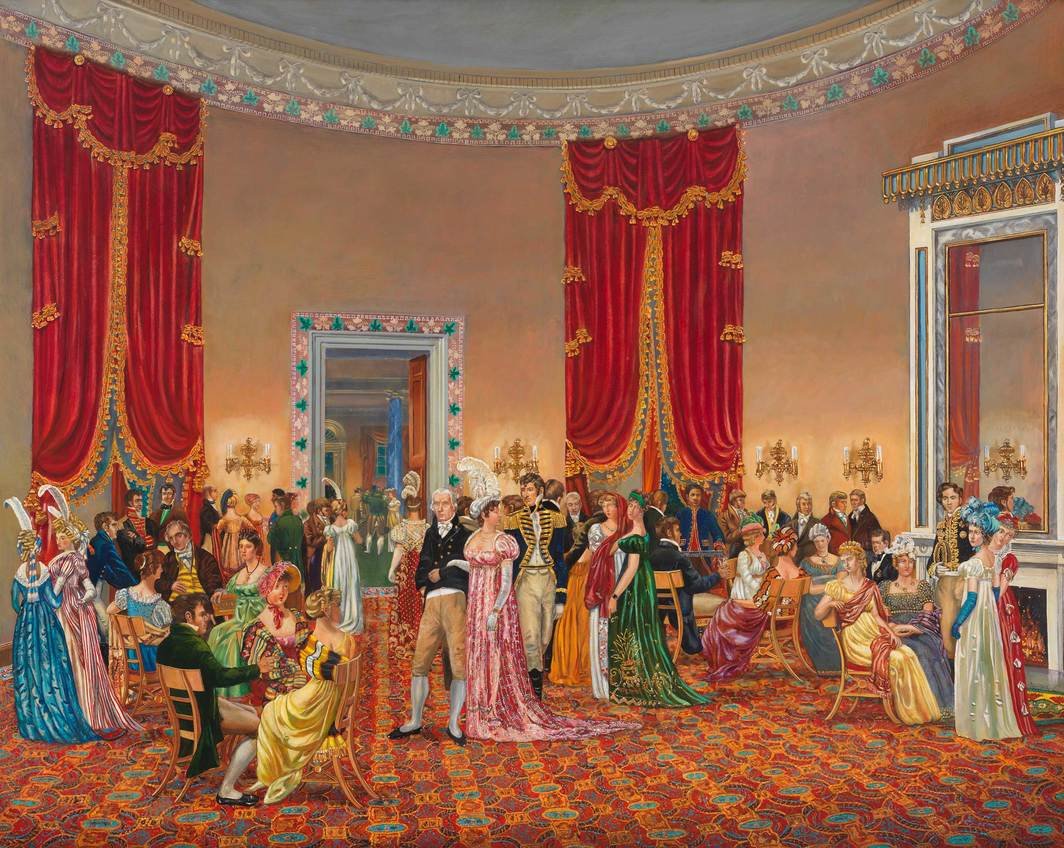Homeschool Unit Study: King John of England
Why is it so easy to hate England's notorious King John? Oh, let us count the ways in this trash-talking unit study.
“Foul as it is, hell itself is made fouler by the presence of King John,” wrote Matthew Paris just a few short years after England’s much-despised ruler died of dysentery. There’s no question that the son of Henry II and Eleanor of Aquitaine was universally despised by his subjects, so it’s kind of ironic that John’s legacy includes—however reluctantly—the foundation for modern-day democracy. Mark the anniversary of King John’s death this fall by learning more about the worst king of England.
He was notoriously treacherous, lecherous, and cruel, but we owe our democratic government in part to King John, whose sheer terribleness inspired British nobles to curtail the rights of the monarchy and invest the nobility with rights of their own. When John signed the Magna Carta—after arranging this nephew’s murder, scheming against his Crusading brother, and generally being the worst ruler in Christendom—he forever changed the relationship between ruler and subjects.
READ THIS
Ivanhoe
Sir Walter Scott’s historical romance paints Prince John (acting king for Richard III, who’s off fighting in the Crusades) as scheming, tyrannical monarch, which is pretty much how his contemporaries and modern historians have viewed him.
(Middle grades)
The Merry Adventures of Robin Hood
Scott’s influence is apparent in Howard Pyle’s collection of Robin Hood stories, which cast tax-happy John as the tale’s central villain.
(Middle grades)
King John: Treachery and Tyranny in Medieval England: The Road to Magna Carta
John’s life of “intrigues, quarrels, battles, sieges, negotiations, truces, and betrayals” is illuminated through contemporary chronicles and his own letters in Marc Morris’ scholarly, readable tome.
(High school)
WATCH THIS
The Lion in Winter (1968)
Set in 1183, during Henry II’s reign, this film adaptation of the play by James Goldman focuses on the contentious relationship between John’s parents and certainly doesn’t cast a positive light on the effete, unpleasant prince—even if you might feel a little sorry for him when you imagine his childhood.
Robin Hood (1973)
Disney’s animated animal take on the Robin Hood legend includes a thumb-sucking, greedy Prince Johns whose comeuppance at the film’s conclusion feels well-deserved.
This was originally published in the Fall 2016 issue of HSL. Photo: Wikimedia Commons.






















Celebrate the birthday of the renowned physicist, mathematician, astronomer, natural philosopher, alchemist, and theologian on January 4 with an Isaac Newton homeschool unit study.